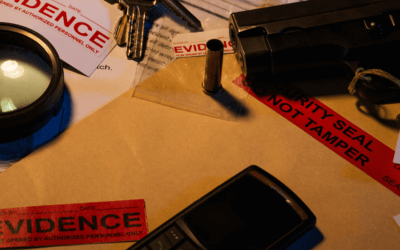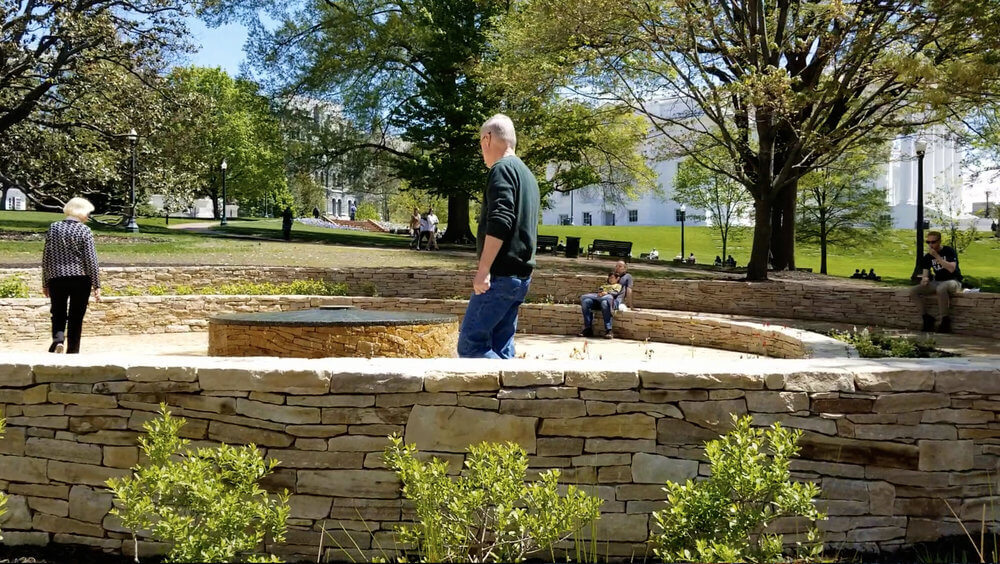
If you are wondering how to honor the Indigenous people who lived on Virginia’s land before it was colonized and to celebrate the more than 125,000 Indigenous people who still call it home, here are five places to check out.
Long before Captain John Smith set sail from England to colonize Jamestown and the state we now call home, Indigenous people lived here. Some artifacts discovered during archeological digs suggest that Indigenous people may have been living in Virginia as many as 18,000 years ago.
Today, Virginia is home to 11 state-recognized tribes, and more than 125,000 residents who identify as American Indians. If you are wondering how to honor them and celebrate Indigenous Peoples’ Day in our state, here are five ways you can pay your respects to the Virginians whose ancestors called our state home for thousands of years.
Machicomoco State Park
Location: 601 Timberneck Farm Rd, Hayes, VA
This park is not to be missed. You will feel like you traveled back in time when you visit this gorgeous state park located along the York River. The park is about 10 miles away from Werowocomoco, where Chief Powhatan and his daughter Pocohantas once lived and met Capt. John Smith, who colonized Virginia. This state park honors the state’s Indigenous people and their past.
Machicomoco has an open-air pavilion that provides information on Virginia’s American Indians through displays and a walking path.
At Machicomoco you can boat, fish, or even stay overnight in a yurt. If you want to honor Virginia’s Indigenous people, this is a great place to do just that. The park is open from 8 a.m. until dusk.
Rappahannock River Valley National Wildlife Refuge
Location: 336 Wilna Road Warsaw, VA
In April, the U.S. Department of Interior did something unusual. It gave a little more than 400 acres of ancestral land known as Fones Cliffs back to the Rappahannock Tribe in Richmond County. The ancestral land that overlooks the Rappahannock River was returned to the tribe with the promise that it would be preserved and made open to the public. The cliffs are now known by their original name of Pissacoack. This is part of a larger movement nationwide to acknowledge and return ancestral lands to American Indian tribes for preservation and to honor their ties to the land. To view Pissacoack, head to Rappahannock River Valley National Wildlife Refuge. The white-color cliffs are made of diatomaceous earth and can be seen rising from the river from miles away. Pack a picnic and be awed by how beautiful the cliffs are and how resilient the people who once lived there are.
The Mantle Monument
Location: 1000 Bank Street, Richmond, VA
Richmond is known as the city of monuments. We, Virginians like our history. In fact, we celebrate it, including the history of the people who lived here before Virginia was even a colony, let alone a state. The Mantle, located at the State Capitol complex in downtown Richmond, pays tribute to Virginia’s Indigenous people with this work of art by award-winning artist Alan Michaelson, a Mohawk member of Six Nations of the Grand River. Visitors can walk along The Mantle’s white spiral path, sit on the walls that also serve as a bench, enjoy the native wildflowers that grow alongside the path, and meditate at the infinity pool.
The infinity pool at the center of the monument was designed to resemble pottery that Virginia’s Indian tribe members might have made hundreds of years ago. This is a great place to bring your coffee or lunch and sit back, relax, and remember the people who lived at that site for thousands of years.
Wolf Creek Indian Village & Museum
Location: 6394 North Scenic Highway, Bastian
Nestled in the southwest corner of our state near the West Virginia border is Wolf Creek Indian Village & Museum. The museum gives visitors a glimpse into what life was like for the Eastern Woodland Indians who called this part of Virginia home more than 500 years ago.
Wolf Creek replicated an Indian Village. Visitors can take guided tours and learn about how tribes that once lived there cooked and made pottery on this site. Some carbon dating suggests that American Indians lived at the site as long ago as 1480.
The museum was recently renovated and has reopened. It is open Monday through Saturday from 9 a.m. to 5 p.m. Village tours are given every 30 minutes. What better way to celebrate Indigenous Peoples’ Day than to learn about how Virginia’s original residents lived?
The Monacan Historic Capital of Rassawek
Location: Historic Marker East River Road, Columbia
You would never know it, but for the historic marker that the spot where the James River and the Rivanna River join once stood the capital of the ancestral Monacan Indians. Capt. John Smith sailed up the James River and noted the capital along with several other Monacan settlements. The Monacan Indians lived in the areas along the river for more than 200 generations, some carbon dating even put the settlements as existing 4,730 years ago. The Monacans were forced out of the area, like other tribes, after the 1830 Indian Removal Act became law. Rassawek, once a thriving capital, was abandoned.
For the last several years, the Monacan Indian Nation was locked in a battle with a water authority over Rassawek and whether the spot could be used for a water pipeline that would have destroyed the ancient landscape.
The fight over Rassawek landed the spot on the National Trust for Historic Preservation’s 11 Most Endangered Places in the country. The legal wrangling came to end this past spring when a compromise was reached that would preserve this very significant place.
If you find yourself pulling for the underdog, you must make the drive out to Columbia and tip your hat at the historic mile marker along East River Road, or walk along the banks of the James River, where Rassawek once stood. Being at one with history and nature is a great way to honor the Indigenous People who call Virginia home.

VIDEO: Your support matters!
Your support matters! Donate today. @vadogwoodnews Your support matters! Visit our link in bio to donate today. #virginianews #virginia #community...
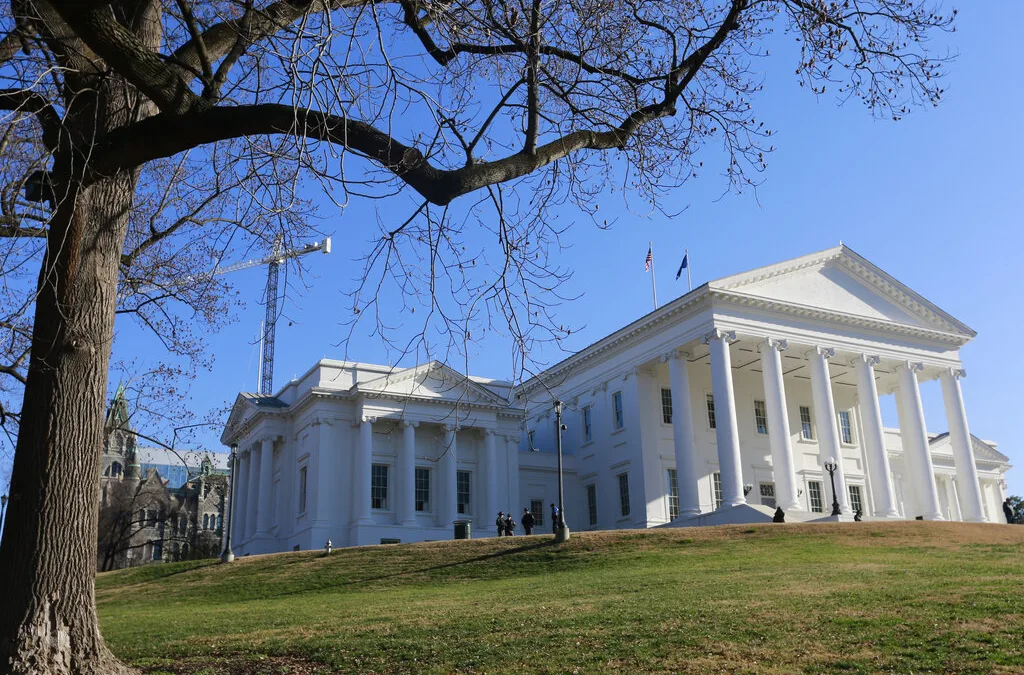
Op-Ed: Virginia’s new Democratic majorities pass key bills to improve your lives, but will Youngkin sign them?
The 2024 Virginia General Assembly regular session has wrapped up. It was a peculiar session from the outset, with Democratic majorities in the...
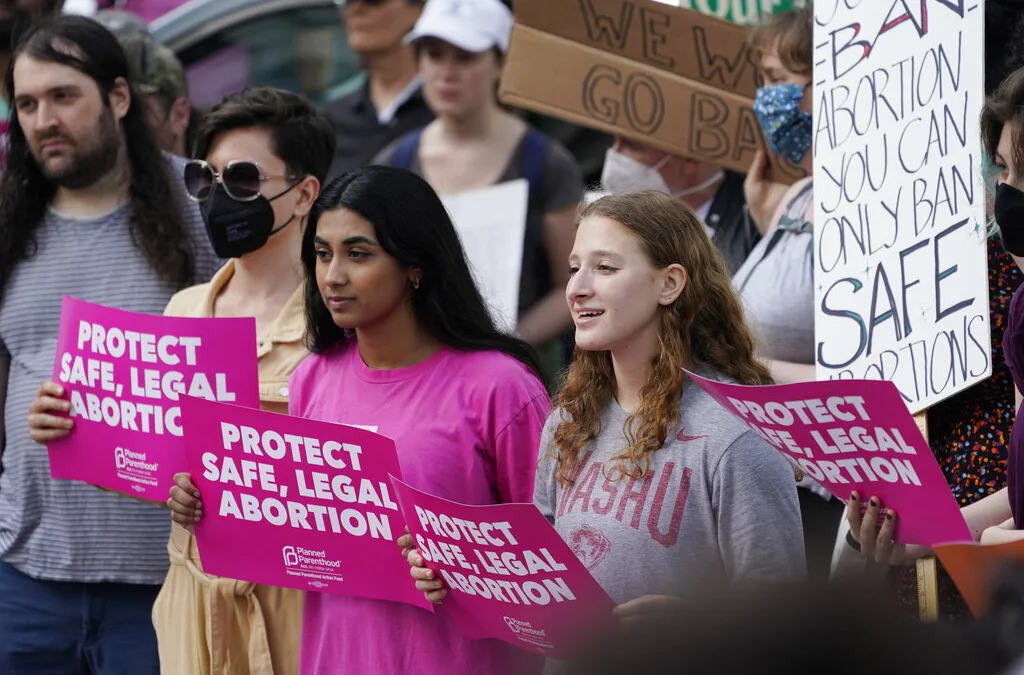
Op-Ed: Why Virginia Needs A Constitutional Amendment Protecting Reproductive Freedom
Virginia’s recent election season in 2023 drew in eyes from all over the country. Reproductive freedom was on the line and Virginia remained the...
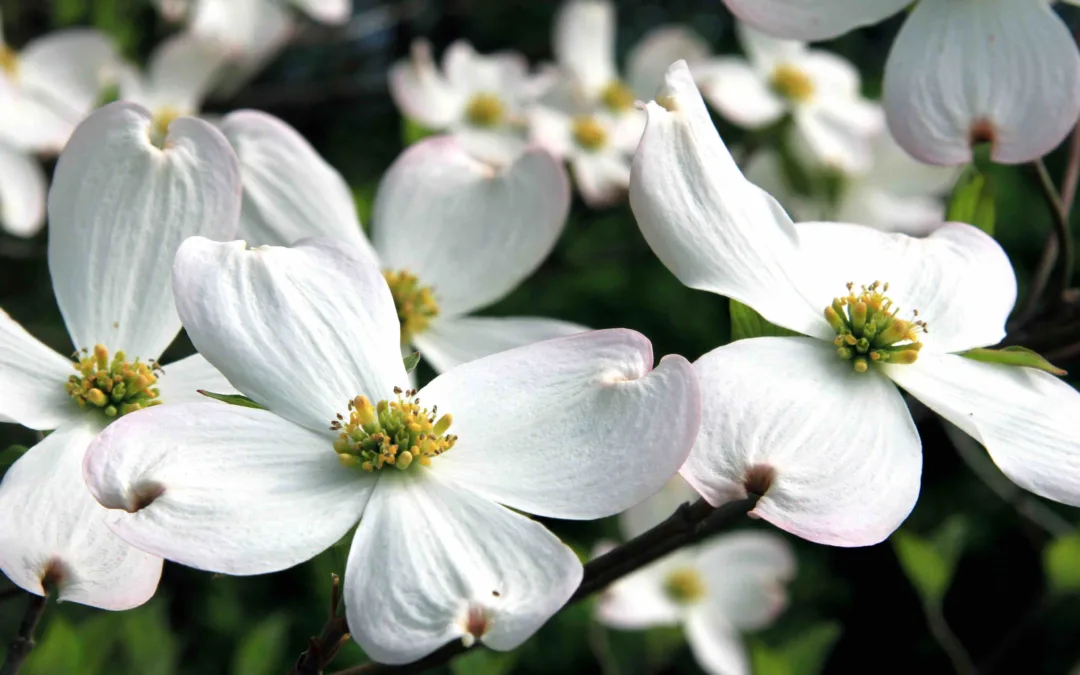
From the state rock to the state flower, here’s how Virginia got its symbols
Have you ever wondered why the Dogwood is the state flower? Or how the cardinal became the state bird? We’re here to answer those questions and more...

VIDEO: Second-gentleman Douglas Emhoff gives speech on reproductive freedom
Second gentleman, Douglas Emhoff touched on reproductive freedom not only being a woman's issue but "an everyone's issue" during the Biden-Harris...

Glenn Youngkin and the terrible, horrible, no good, very bad night
Election Day 2023 has come and gone, and while there are votes to be counted, one thing is perfectly clear: Virginians unequivocally rejected Gov....


